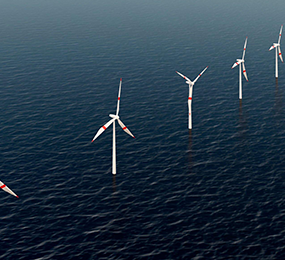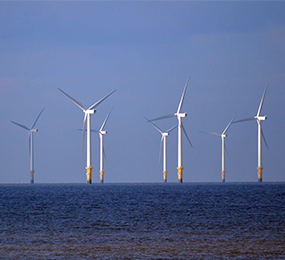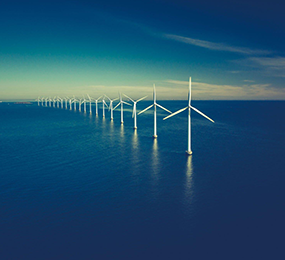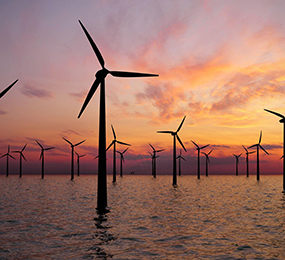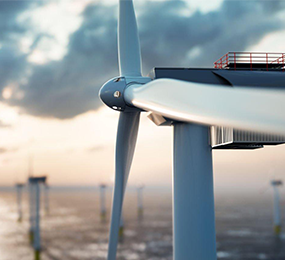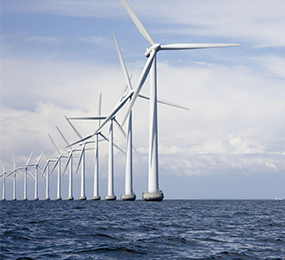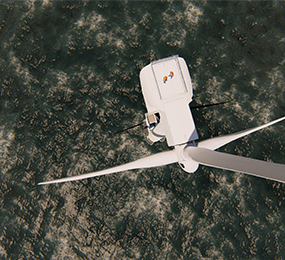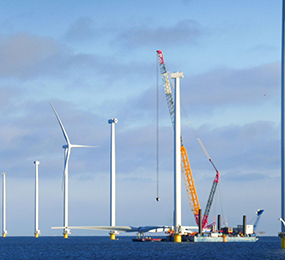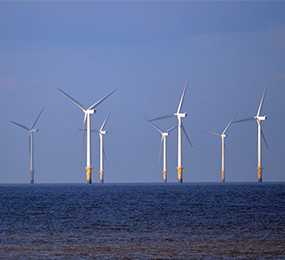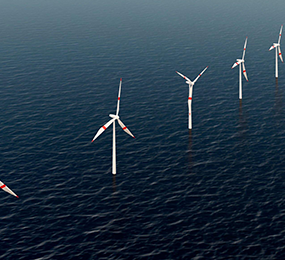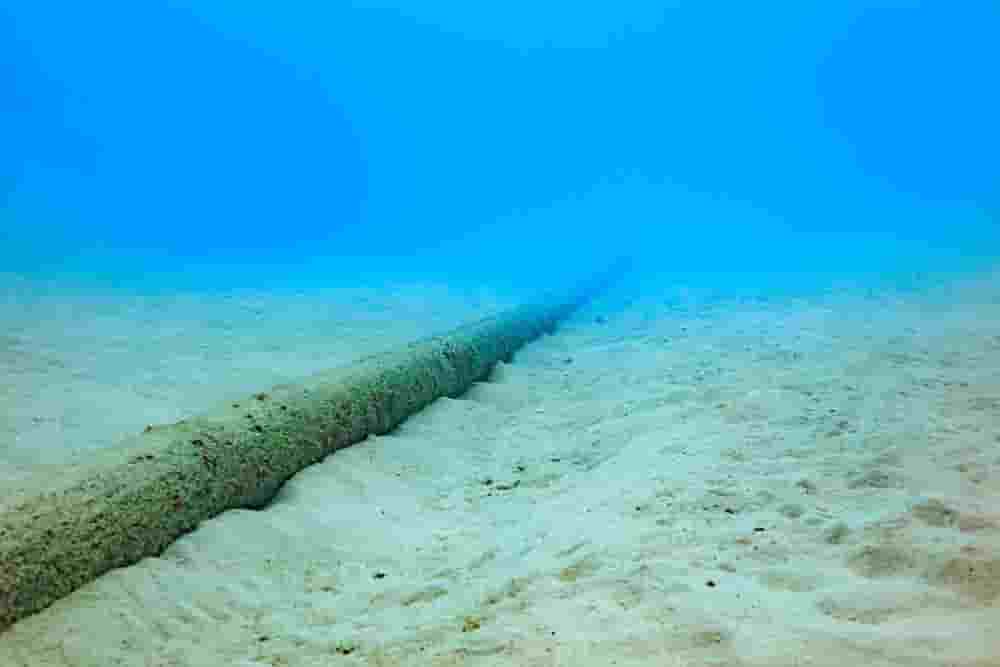Energy transition and role of floating wind in Europe
What exactly are Floating Winds?
These turbines, as the name implies, lack a turbine tower that is attached (bottom-fixed) to the sea floor. Rather, the turbine is tied to a type of anchor that holds it in place using taut wires, ballast, or tendons, to name a few. To get the greatest energy from the turbine, it must be kept as motionless as possible.
The need for floating wind
The wind energy captured becomes much greater as one moves away from the shore. The seafloor deepens dramatically. A typical turbine would be ineffective due to the extreme depths. In reality, 80% of inland waterways do not match the requisite 50m depth limit for fixed-bottom turbines.
As a result, a floating wind alternative is necessary. Use this revolutionary turbine to unlock a sea of (literally and metaphorically) renewable energy options. Fixed-bottom offshore wind has a capacity of 128 GW, whereas floating offshore wind has a capacity of 424 GW.
Furthermore, because to its location at sea, floating wind generation is more stable, constant, and, as previously said, stronger than land turbines. There's also the added bonus of the farms not interfering with the natural scenery, which wins over local populations.
It is not an issue of an altered landscape in certain locations. Fixed-bottom turbines have a depth limit of 50 meters (164 ft.).
Floating Wind: Europe's Future
While Europe has a vast continental shelf (which means a wider space to deploy fixed-bottom offshore wind), some portions of Europe do not have that luxury. Floating offshore is required for deeper basin areas of the Mediterranean and Atlantic. Furthermore, because of the Mediterranean's thin shelf, offshore wind cannot compete with economic activities such as fishing, marine transport, and tourism.
The solution is to float offshore. It will not harm the country's economy or produce unhappiness in the local community. Currently, 113 MW of floating wind turbines are in service in Europe, with more on the way. Over the following two years, it is anticipated to increase to more over 300 MW. This is primarily owing to developments off the French Mediterranean coast, which will see the installation of three new floating offshore wind farms. Each will employ various technology and will provide around 85 MW in total.
While offshore fixed-bottom wind is important in Europe's green energy transition, floating offshore wind has the potential to outperform it. Floating offshore wind generates more electricity while causing little disruption to the natural landscape. Furthermore, it is appropriate, and in some cases the only choice, for nations near the Mediterranean and Atlantic oceans.
Visit our website to know more: https://www.leadventgrp.com/events/3rd-annual-floating-wind-europe/details
Register for the forum and also add a schedule to your calendar.
For more information and group participation, contact us: [email protected]
Leadvent Group - Industry Leading Events for Business Leaders!


